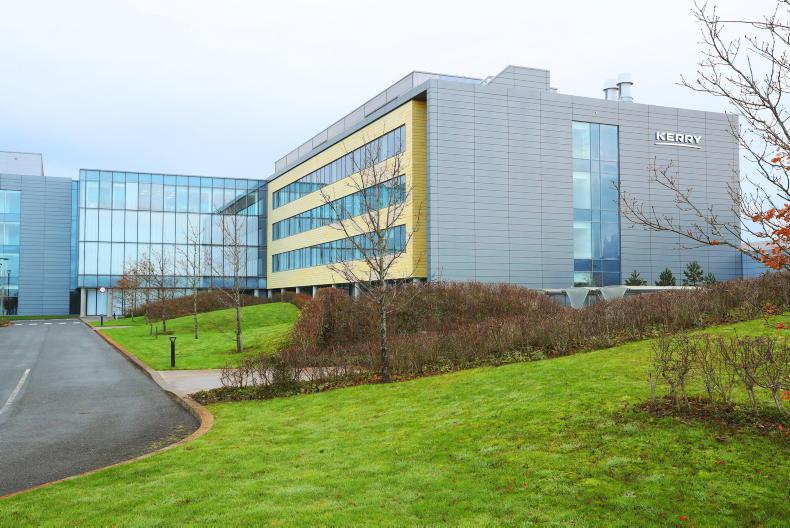The revelation that former Glanbia CEO Siobhán Talbot received almost €8m in compensation in 2023 – and is getting paid more than €1m in 2024 despite no longer working for the company – was followed by news that Kerry Group CEO Edmond Scanlon’s total remuneration for 2023 jumped by €700,000 to €4.6m.
This led to some questions from readers asking how they manage to get paid so much money, especially in a year that saw such difficult trading conditions for many dairy farmers.
The first thing to be clear about is that neither Glanbia nor Kerry are companies that have much to do with Irish farming anymore. If the CEO of a co-op was earning such a sum, it would certainly count as a scandal, but in the world of global business – and Glanbia and Kerry are certainly global companies – such pay packets are more normal.
In the United States, the average pay of chief executives in companies listed on the Standard & Poors Index of the top 500 companies (S&P 500 Index) in 2022 was $16.7m (€15.4m), a number equal to 272 times the pay of their median worker, according to a report by the American labour union association.
The other notable thing about CEO remuneration is that it is generally made from a mixture of basic salary and bonuses. If we look at the breakdown for Edmond Scanlon at Kerry (see Figure 1) his basic salary has increased from €1.05m to €1.28m over the past six years. It is his remuneration under the company’s short- and long-term incentive plans where the major movements have been.
At Kerry, the short-term incentive plan is paid two-thirds in cash and one-third in company shares. The long-term incentive plan is paid entirely in shares which are deferred for two years. This means that that long-term incentive plan remuneration Scanlon received in 2023 was actually awarded in 2021. There is a note in the 2023 annual report which states that the negative share price movement since 2021 means that the value of the awards made under the long-term incentive plan have fallen since they were originally made.
In order to get payments under either plan, the company must perform against a set of metrics decided by the remuneration committee. This committee is made up of a group of non-executive directors who usually employ outside consultants to advise them on industry best practice.
Short-term incentive plans generally look at things like revenue and profit growth, while long-term incentive plans generally look at less quantitative things like delivery of strategy and overall performance.
Under either plan, there is a maximum payout available, benchmarked against base salary. At Kerry the maximum payout under the short-term incentive plan for the CEO is 200% of base salary, and under the long-term incentive plan is 300% of base salary. This means that if the company hits or surpasses the maximum performance targets in the year, the CEO can get up to five times their annual base salary in bonuses. There is a proposal from the remuneration committee to make these payments even more generous in future with a plan to increase the maximum payout under the long-term incentive plan to the CEO from 300% to 340% in 2024 and then to 375% in 2025. Shareholders will get to have a “non-binding advisory vote” on the proposed change at this year’s AGM.
Comment
The analysis of S&P 500 CEO pay found that in 2022 the average CEO of the listed companies was earning 272 times the pay of their median worker.
At Glanbia in 2023, that ratio was 121 times while at Kerry it was at 84 times the pay of the company’s median worker.
So, by that measure, it could be argued that both Talbot and Scanlon were actually underpaid last year.
Further, both of those companies are owned by shareholders and those shareholders get to have a vote every year at the AGM on the remuneration policy of the company.
At Kerry’s 2023 AGM over 95% of shareholders voted in favour of the policy that is in place.
There is probably little choice for large multi-nationals about paying these kind of sums. Both Talbot and Scanlon spent most of their careers at the companies they ended up running, so would have a huge amount of institutional knowledge.
If those people were to leave for another position, they would take that knowledge with them, possibly putting the company at a competitive disadvantage and also leaving it with the headache of finding a new CEO.
So yes, the amounts getting paid look astonishing, but there is also little reason to think they will change any time soon.











SHARING OPTIONS